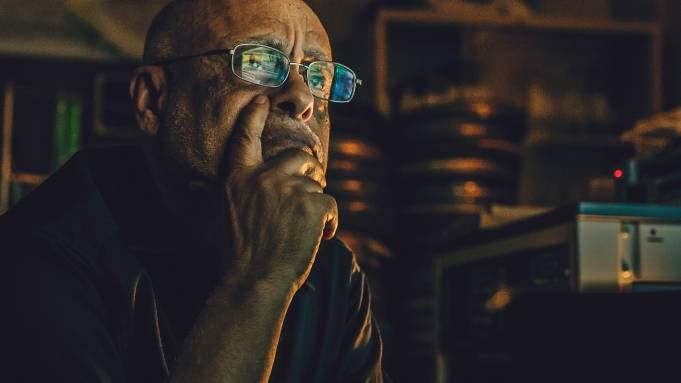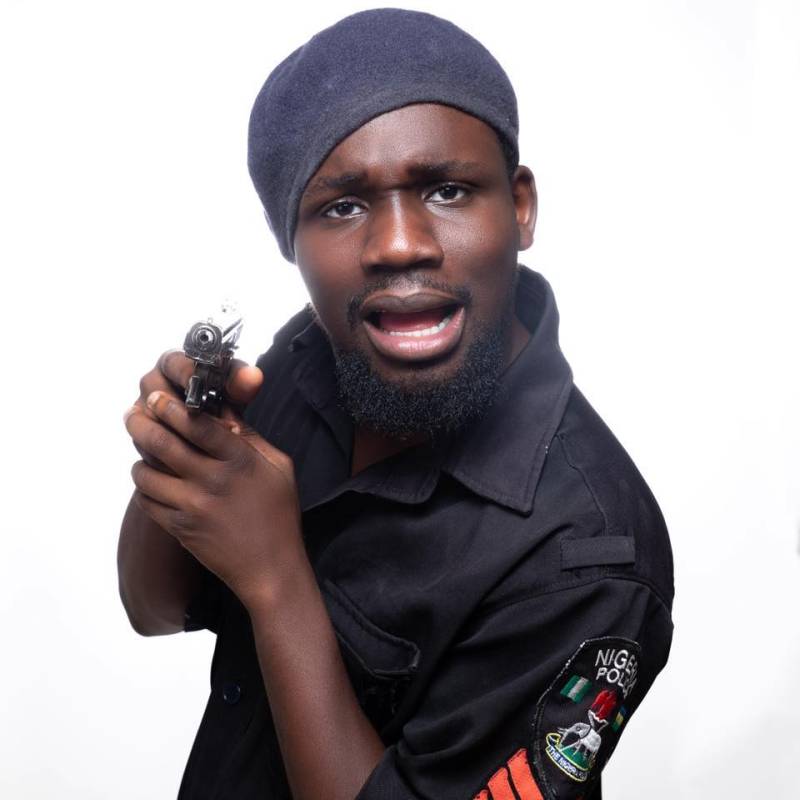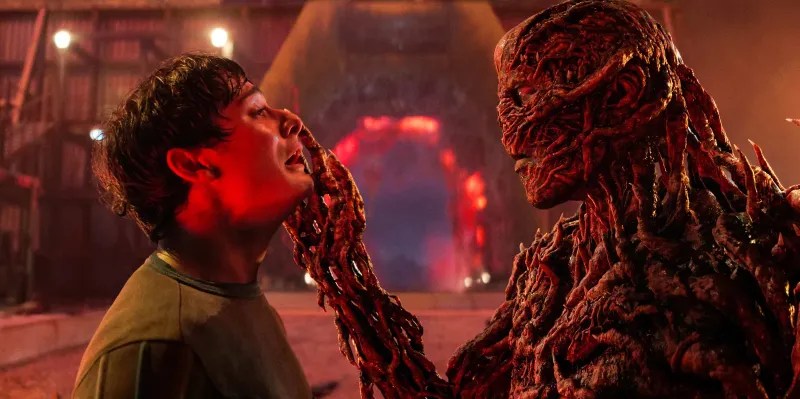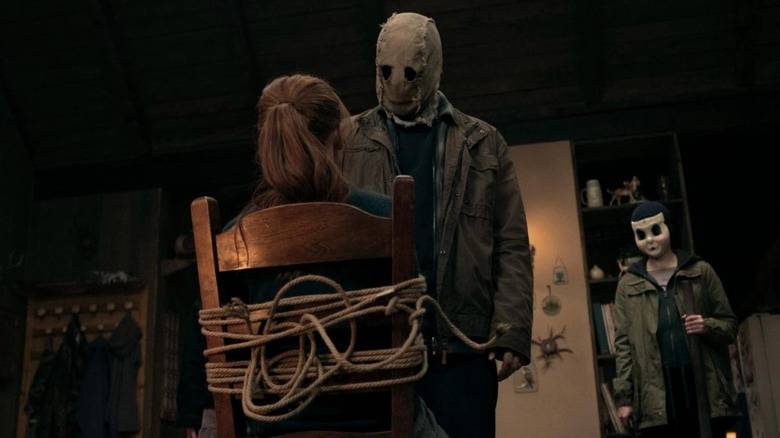To celebrate Black history month, Ava DuVernay’s indie distribution, arts and advocacy collective Array has produced “28 Days of ‘Sankofa,'” an event series where select cinemas, universities and festival locations throughout the U.S. are screening Ethiopian director Haile Gerima’s “Sankofa” for free, one screening for each day of February. In addition, Array created a free learning companion designed to help viewers process the weight of what they’re watching.
Gerima is best known as one of the leading members of the L.A. Rebellion, which was a movement of artists who studied film at UCLA from the late 1960s to early 1980s. Along with figures like Julie Dash and Charles Burnett, Gerima made a name for himself with movies that provided a Black alternative to the style of classical Hollywood. “Sankofa,” which was nominated for the coveted Golden Bear award at the Berlin International Film Festival in 1993, is his most widely seen film. Following a Black American model named Mona (Oyafunmike Ogunlano) who finds herself transported back in time and kidnapped into the transatlantic slave trade, the film studies the relationship between Black liberation and connecting to diasporic roots.
For decades, Gerima also taught at Howard University. But he’s found that participating in the more grassroots style of education Array offers is more his style.
“I feel now that film teaching in a university context is hopeless,” he told Variety. “I think physics, chemistry, biology, mathematics can be taught. But art in a university context is really obsolete. I found that I could benefit better to young people who want to learn whatever I could offer in a much more liberated context, without university pressure. It’s an entirely different dynamic.”
Given the sheer amount of time Gerima has spent associated with universities, his position on them may come as a surprise. But his aversion to formal education systems makes sense when you consider the reality of the L.A. Rebellion — their work was not supported by the institution.
“My life at UCLA was a life of war,” he said. “I was asserting my own cultural background, my own mindset, my own narrative. So it was a life of war. Mainstream Hollywood is a very exclusive industry, especially at the time my friends and I were coming up. Blacks, Native Americans and Latinos were graduating into a desert, while white kids graduated into an industry. Not that all of them would be [successful] in it, but at least the type of hostility we were met by was not their fate. So I decided to be an independent filmmaker.”
Gerima and his wife, fellow L.A. Rebellion filmmaker Shirikiana Aina Gerima, resolved to find work and use their income to finance their own films, because they “didn’t want to eat film money.” Thus, Gerima decided to make his living as a professor, an experience he found both profound and painful.
“You see Black kids who just want to tell a story, and the world that awaits them,” he said. “Students that come from Oakland, Chicago, Ohio, Mississippi. They want to tell a story in a world where your story is a crime, your story is excluded, your story is repressed under the official story. Storytelling is the beginning of conflict and war. I know that, even if I didn’t tell my students. And knowing that makes me feel sad, oftentimes. Because I see a good script coming out of a student, and then I say, ‘Where is it going? Where is she going to go to practice? Where is she going to be embraced?’ It’s a turbulent existence. At Howard, I did my best, but these young people, they’re also my own teachers. What to do, what not to do, I learned from my students.”




